WD Red 12TB WD120EFAX Hard Drive – Worth your Data?
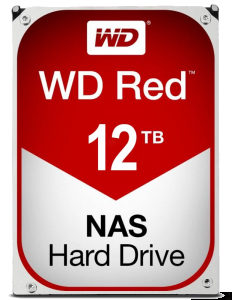
Now with Hard Drives for NAS available in up to 12TB, the WD Red series offers a wide array of solutions for customers looking to build a high performing NAS storage solution. WD Red drives are built for up to 8-bay NAS systems and pack the power to store your precious data in one powerhouse unit. Increase the efficiency and productivity of your business with WD Red Pro drives, available for up to 24-bay NAS systems. PC drives aren’t typically tested or designed for the rigours of a NAS system. Do right by your NAS and choose the drive with an array of features to help preserve your data and maintain optimum performance.
In Brief, the WD Red NAS Hard Drive range has always been:
- Built for NAS compatibility
- Featuring NASware™ 3.0 technology
- Engineered to run cool and quiet
- Designed for RAID environments
- Noise and Vibration Protection
- Supporting Synology and QNAP upto 8-bay NAS Systems (WD Red)
- Medium to Large NAS environments up to 24 bay (WD Red Pro)
- RAID Configurations from RAID 0 and 1, upto RAID 5, 6, 10 and SHR
- Virtualization for Business and Container Based NAS use like Docker
WD Red 12TB WD120EFAX Hard Drive – What is NASWare 3.0?
The WD Red WD120EFAX 12TB drive is not just a gimmick, it is about the right tool for the right job. Not just any drive will do. In single-bay to 8-bay NAS systems, WD Red drives raise the bar. Get as much as 96TB capacity, and with WD’s exclusive NASware technology, you can optimize every single one of them. Built into every WD Red hard drive, NASware 3.0’s advanced technology improves your system’s storage performance by increasing compatibility, integration, upgradeability, and reliability. Desktop drives aren’t purpose-built for NAS. But WD Red drives with NASware technology are. Our exclusive technology takes the guesswork out of selecting a drive. WD Red drives are for small NAS systems, and our unique algorithm balances performance and reliability in NAS and RAID environments. Simply put, a WD Red drive is one of the most compatible drives available for NAS enclosures. But don’t take our word for it. WD Red drives are a reflection of extensive NAS partner technology engagement and compatibility-testing resulting in a leading compatibility list for NAS systems.
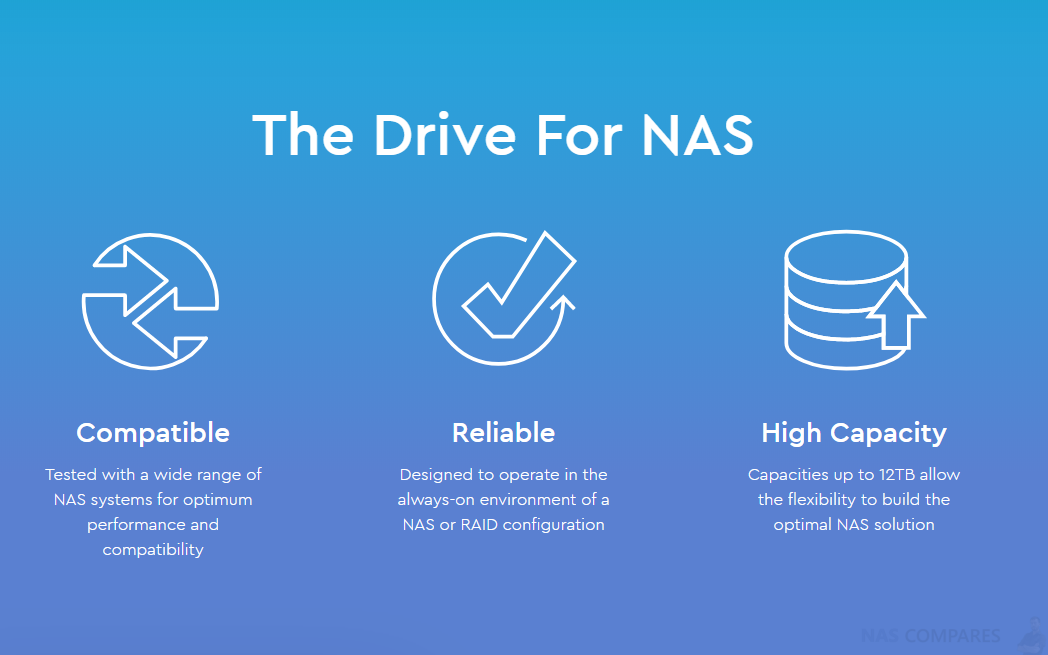
WD Red 12TB WD120EFAX Hard Drive – Compared with WD Red 10TB and 8TB?
Although WD has already produced 12TB and 14TB Enterprise hard drives under their WD HGST UltraStar series of drives for SAS and SATA Data Centers, till recently we have not seen any WD Red Hard drives above 10TB and therefore now the WD120EFAX has been released, we should compare it with the older but more affordable 10TB and 8TB WD Red Drives to see if this is more than just a change in capacity. With an £80-90 price difference between the 10TB WD100EFAX and 12TB WD120EFAX, it is definitely something a number of users will want to look at closely. Below are the hardware specifications of each drive compared, covering capacity, RPM, Cache, spin speed, read speeds, power use and more.
WD Red 12TB WD120EFAX Hard Drive – Where to Buy and Price?
The WD Red WD120EFAX 12TB NAS hard disk for NAS drives is available NOW and for around £350, €390, $445 (not including your local tax of course) and though stock is a little limited, you can click the link below to find out the best place to buy the new NAS hard drive in your region. It is worth highlighting of course that now this drive is released, it may well affect the prices of smaller WD Red drives in a good way, so don’t be afraid to look at the prices of those smaller capacities whilst you are there – the right RAID level in your NAS can really make all the difference between Price VS Capacity.
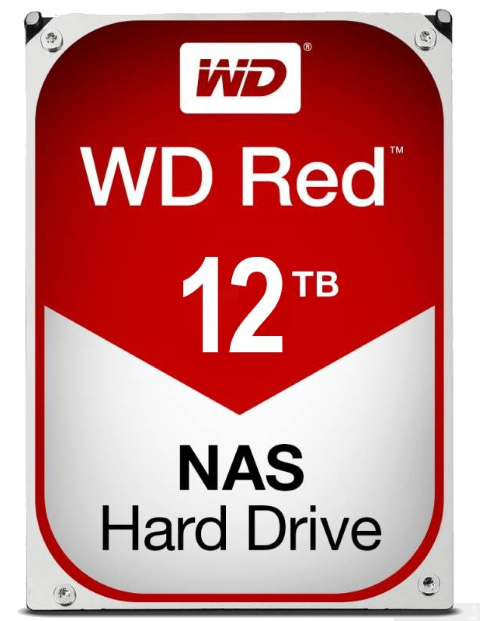 |
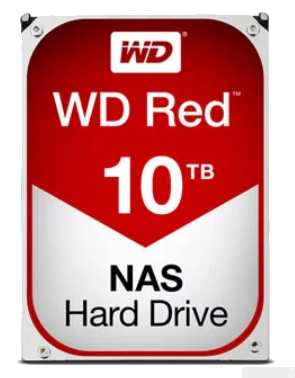 |
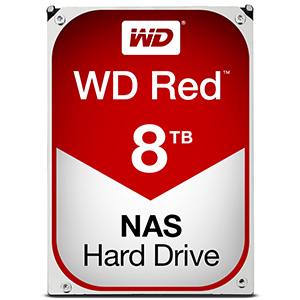 |
|
WD Red 12TB WD120EFAX |
WD Red 12TB WD100EFAX |
WD Red 12TB WD80EFAX |
https://www.youtube.com/watch?v=oFs5Sy9rtq0
🔒 Join Inner Circle
Get an alert every time something gets added to this specific article!
This description contains links to Amazon. These links will take you to some of the products mentioned in today's content. As an Amazon Associate, I earn from qualifying purchases. Visit the NASCompares Deal Finder to find the best place to buy this device in your region, based on Service, Support and Reputation - Just Search for your NAS Drive in the Box Below
Need Advice on Data Storage from an Expert?
Finally, for free advice about your setup, just leave a message in the comments below here at NASCompares.com and we will get back to you. Need Help?
Where possible (and where appropriate) please provide as much information about your requirements, as then I can arrange the best answer and solution to your needs. Do not worry about your e-mail address being required, it will NOT be used in a mailing list and will NOT be used in any way other than to respond to your enquiry.
Need Help?
Where possible (and where appropriate) please provide as much information about your requirements, as then I can arrange the best answer and solution to your needs. Do not worry about your e-mail address being required, it will NOT be used in a mailing list and will NOT be used in any way other than to respond to your enquiry.

|
 |
ZimaOS is the BEST Beginner NAS OS - Watch Your Back UnRAID and TrueNAS !!!
30TB Hard Drives are TOO BIG ! (and here is why)
COMPLETE UGREEN NAS Setup Guide - 2025 EVERYTHING VERSION
$110 USB4 to 2x10Gb Adapter Review - What the WHAT?
UGREEN NAS Now has iSCSI, 2FA and Jellyfin (and more) - FINALLY!
Seagate 30TB Ironwolf and EXOS Hard Drive Review
Access content via Patreon or KO-FI


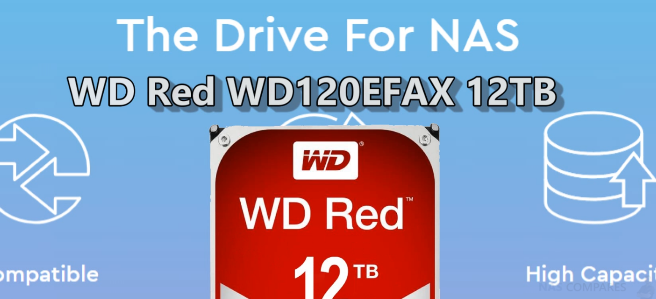
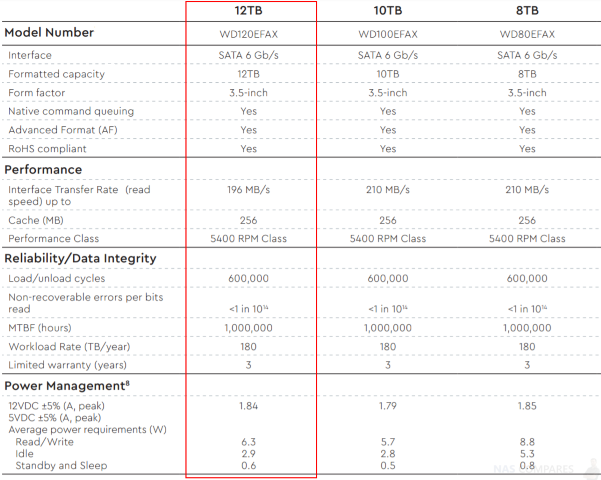




Just trying to understand raid 1 and 5 both allow only 1 disk failure assuming i storage and some 4 bay features are not a concern is there any other advantage of raid 5 or 4 bay
REPLY ON YOUTUBE
I recently upgraded from a DS214 to a DS218+, and I started with a DS212. I know a 4-bay model allows for cheaper redundant storage as every drive added after the second, increases the storage capacity by the capacity if that drive. However, with more drives comes more noise as well, and they often have more fans too, which also increases noise. Plus the power consumption is greater, though it’s not that big of a deal I think. I do think the various RAID modes are not as important though; if you want redundant storage (and the chance of a single drive failing is greater if you have more drives) then it doesn’t really matter.
Also, regarding the fact that I upgraded; if you want to upgrade a 4-bay NAS (say, because you want a better CPU for video transcoding) it’s going to be more expensive.
REPLY ON YOUTUBE